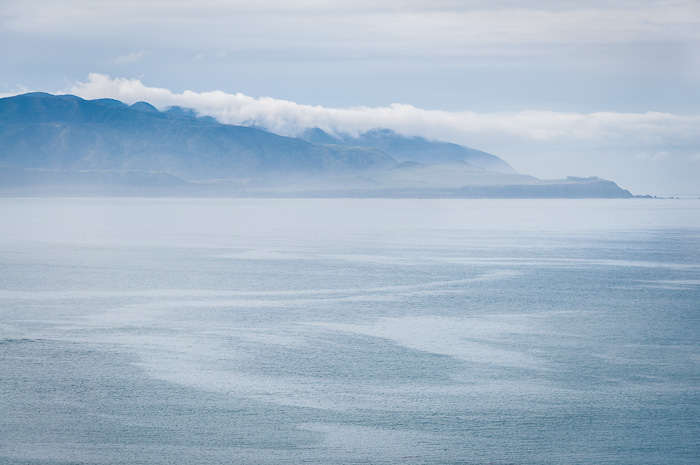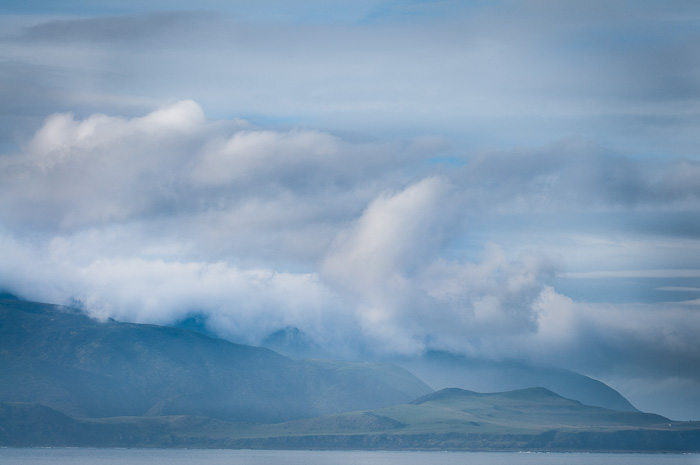Euphorbia glauca - waiūatua or New Zealand sea spurge or shore spurge - is a coastal plant endemic to New Zealand (endemic means it is native or restricted to a certain place).Because of habitat destruction it is in serious decline, but at the same time it has become quite popular in municipal plantings along Wellington's south coast. It has a distinctive colour scheme - the green of its foliage varies in hue from a soft sage green through to vibrant blue-grey, the stems are pinkish red, and structures around the flowers are a wonderful contrast of deep red and purple.

This young plant, nestled in a hollow at the base of a large rock on Te Raekaihau Point, is just getting started - no flowers for a while yet. But the fresh pink growth is very decorative I think.











